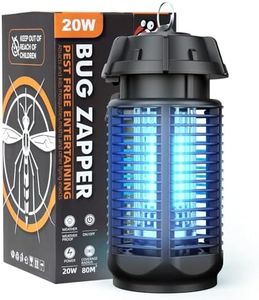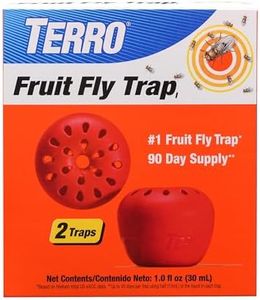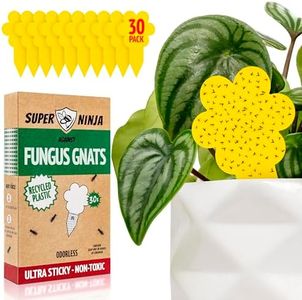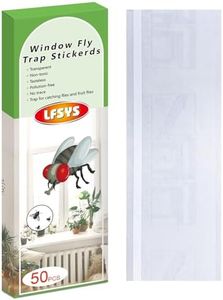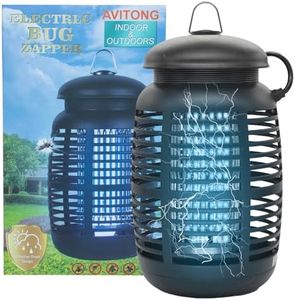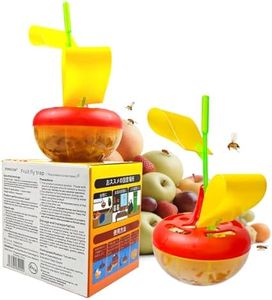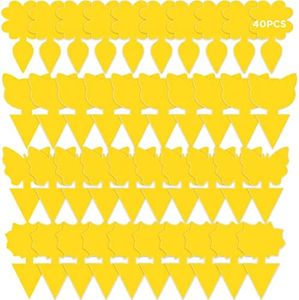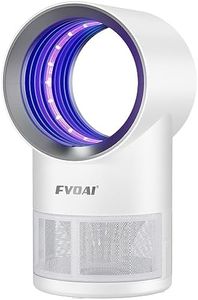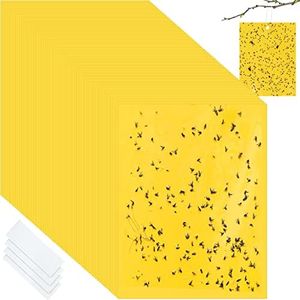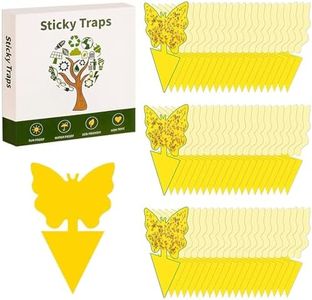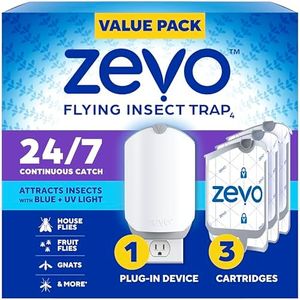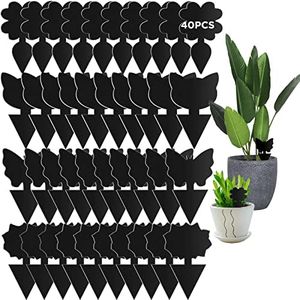We Use CookiesWe use cookies to enhance the security, performance,
functionality and for analytical and promotional activities. By continuing to browse this site you
are agreeing to our privacy policy
10 Best Indoor Fly Traps
From leading brands and best sellers available on the web.Buying Guide for the Best Indoor Fly Traps
Choosing the right indoor fly trap means finding a solution that effectively catches flies without disrupting your living space. Start by considering where you'll use it (kitchen, living room, bedroom, etc.) and think about how safe and simple you'd like the trap to be, especially if you have kids or pets around. Also, decide if you want a trap that's reusable or one for single use, and consider if you prefer a silent or odor-free option.Trap TypeTrap type is about how the product catches flies—it can be sticky traps, electric zapper traps, or baited traps. Sticky traps use glue to catch flies on contact and are silent and chemical-free, but need replacing once they're full. Electric zappers attract flies with light and kill them with an electric grid; they’re reusable but may make a zapping noise and require an outlet. Baited traps use attractants (like food scents) to lure flies inside a container. Choose the type by thinking about what fits best in your room, your tolerance for noise, and your preference for chemicals or electricity.
Effectiveness AreaThis refers to the size of the room or area the trap can cover. Small traps are best for single rooms or tight spaces, while larger traps can cover bigger areas or open-plan spaces. Check the product's recommended area to make sure it matches where you'll use it most. If you're tackling a big kitchen or living area, go for traps that list a broad effectiveness range. For smaller spaces or above countertops, a compact trap will do.
Safety FeaturesSafety features are crucial, especially if you have children or pets. Look for traps labeled as non-toxic or chemical-free if that’s important for your household. Electric zappers should have protective grills to prevent accidental touches. If you’re choosing baited traps, ensure the bait is contained and not accessible. Your home situation—like having curious kids or pets—should guide you toward safer, enclosed designs.
Ease of Use and MaintenanceThis covers how simple the trap is to set up, empty, or replace. Some traps require frequent replacement or cleaning, while others may just need a new sticky pad or emptied catch tray. If you want low effort, opt for a trap that promises easy disposal and minimal mess. Consider how often you’d like (or are able) to maintain the trap when making your choice.
Noise and OdorNoise refers to the sound a trap makes while operating (like a buzz or zap), and odor refers to any scent that might come from lures or the trap itself. If you want the trap near your bedroom or communal areas, look for quiet, odorless options like sticky traps. If you don’t mind some noise and want high effectiveness, electric or baited traps can be considered. Your sensitivity and where you'll place the trap should help you decide what's acceptable.
